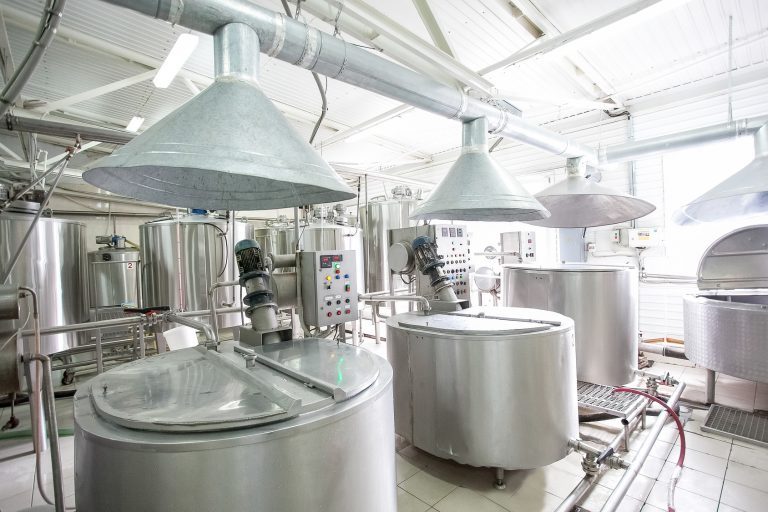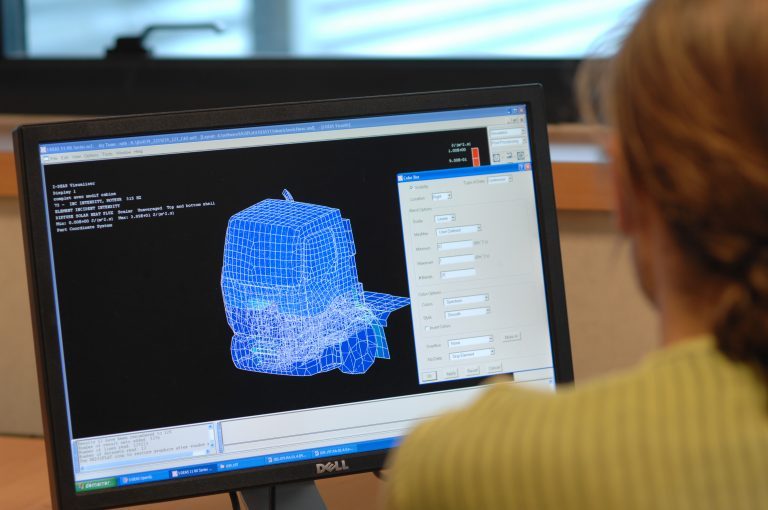Vibrations can lead to pipe line cracking and premature damage to components attached to the piping. This means heavy maintenance, production losses or stoppages. A true understanding of the phenomena involved is essential to anticipate and prevent these risks. Vibratec’s world-class expertise can help you master your piping vibration problems.
Vibratec intervenes at all stages of design and operation to anticipate vibration problems.
Using finite element calculations, Vibratec can propose structural modifications (support beam modification, local reinforcements) and/or fixation points (anti-vibration mounts, etc.). Vibratec also carries out acoustic studies of equipment to reduce noise levels.

















